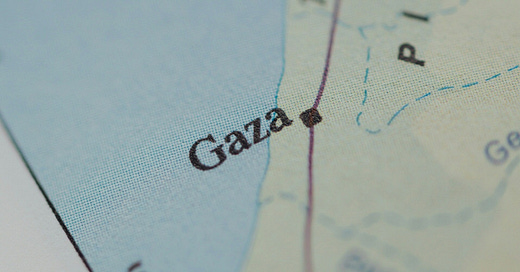The Global March to Gaza: June 15
Thousands Are Headed Towards Gaza by Land, Sea and Air
Imagine your morning routine starts with an air-raid siren…
You scoop your children from a mattress in a stairwell—the complex you fled to after the third evacuation order last night. There is no breakfast. The last cup of flour became thin soup two days ago. Several of your neighbors’ children have already died of hunger.
Your youngest daughter has a sha…
Keep reading with a 7-day free trial
Subscribe to Regenera to keep reading this post and get 7 days of free access to the full post archives.





